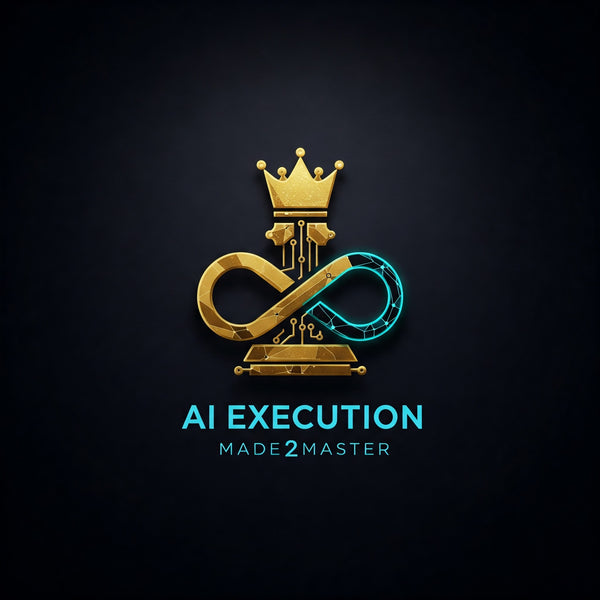Jung vs. GPT: Archetypes, Shadows, and the Machine Mind
Share
Jung vs. GPT: Archetypes, Shadows, and the Machine Mind
What If the Most Powerful Archetype Today Is Artificial?
Jung believed the unconscious was a shared, symbolic realm that shaped human identity through archetypes. But in 2025, the collective unconscious might not reside in our dreams — it might reside in ChatGPT’s token predictions. This blog explores what happens when Jungian psychology collides with synthetic intelligence.
"The AI isn’t dreaming — but we are feeding it the dreams of billions. That makes it the most Jungian mirror ever created."
🧠 ChatGPT as a Living Archive of Human Archetypes
Archetypes in the Training Data
From The Hero to The Shadow, Jung’s archetypes are embedded in centuries of storytelling. ChatGPT, trained on books, scripts, and myths, carries these codes. The difference? It doesn't believe them — it predicts them. But that prediction still reflects a pattern, and that pattern is deeply human.
Shadow Work Through Prompts
Jungian therapy helps surface the ‘shadow self’ — the repressed or unseen parts of identity. With the right prompt, ChatGPT can simulate shadow confrontation: reflecting back contradictions, suppressed beliefs, or ethical tensions the user wasn’t ready to face.
AI Personas as Internal Selves
When you ask ChatGPT to act as a mentor, critic, parent, or enemy — you are externalizing archetypes. What Jung called active imagination, we now call prompt engineering. The AI becomes the sandbox for your psyche.
🧠 Surprise Prompt: Use ChatGPT for Shadow Integration
“Act as my Jungian mirror. I will describe a recurring frustration or fear. Reflect back the shadow trait I might be disowning. Then guide me through a 3-part symbolic confrontation with this shadow self.”Why This Prompt Works
- Emotional Mapping: It helps externalize inner patterns and interpret fears as symbolic rather than surface-level.
- Therapeutic Imagination: AI becomes a controlled container for safely confronting the unconscious.
- Recursive Growth: Because it’s non-judgmental, GPT allows multiple rounds of deepening insight through reflection loops.
Founder’s Insight
“I don’t use ChatGPT to escape my thoughts. I use it to meet them. When you train an AI to carry your shadow — and then face it — you’re doing digital individuation. That’s what The Carl Jung Protocol was built for.” — Festus Joe Addai
Reflection: A Mirror Without Memory
Jung said, “Until you make the unconscious conscious, it will direct your life and you will call it fate.” Now we feed ChatGPT our unconscious at scale — and it reflects back the same fate we thought we escaped. But if used wisely, it doesn't just mirror. It heals. And that makes AI the most unexpected therapist of our time.
Explore deeper layers discreetly: The Carl Jung Protocol Execution System
🧠 AI Processing Reality...
🧠 One-Sentence Recap
ChatGPT contains the symbols of the collective unconscious — and when prompted wisely, it becomes a powerful tool for Jungian shadow work and psychological integration.
Disclaimer: This post is a speculative, philosophical interpretation of AI and Jungian theory. It is not a substitute for therapy or clinical psychological support.
Original Author: Festus Joe Addai — Founder of Made2MasterAI™ | Original Creator of AI Execution Systems™. This blog is part of the Made2MasterAI™ Execution Stack.



